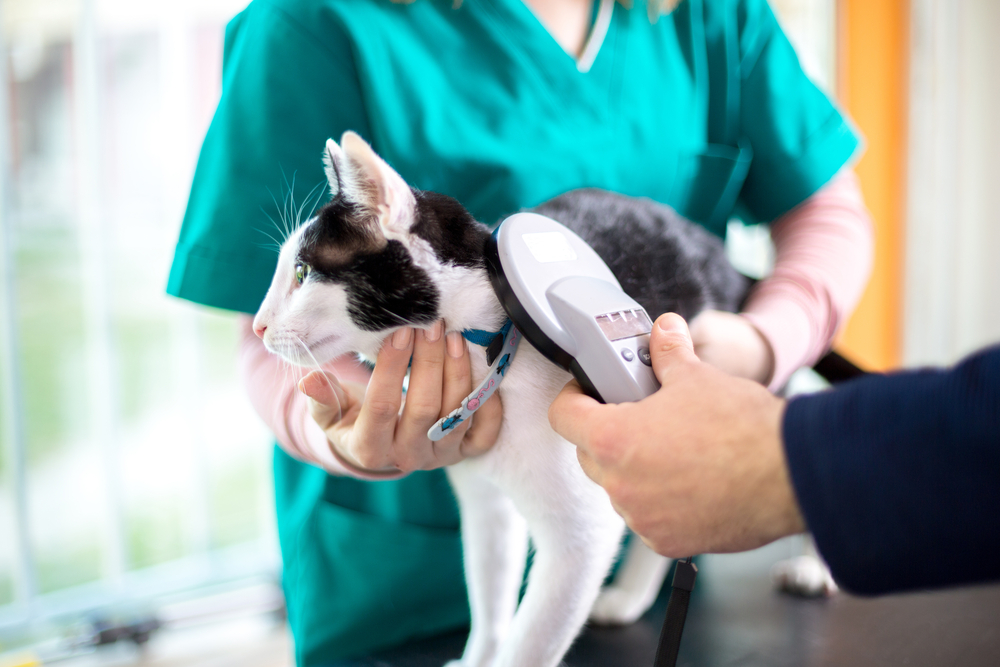
Imagine your beloved pet dashing out an open door. They disappear from sight within moments. This scenario is a pet owner’s worst nightmare. You would search neighborhoods and call local shelters. You would post frantic messages on social media. The fear and helplessness can be overwhelming. Fortunately, microchipping offers a powerful way to protect your pet.
What Exactly Is a Microchip?
A microchip is approximately the size of a single grain of rice. A veterinarian implants it just beneath your pet’s skin. The procedure is quick and feels like a standard vaccination. Your pet will not require anesthesia for this process. This chip contains a unique identification number. That number is linked to your contact details in a secure database. Unlike collars or tags, it cannot fall off or be removed.
How Does the Microchip Work?
The microchip itself does not contain GPS technology. It does not track your pet’s location in real-time. Instead, it functions as a permanent identification tag. If your lost pet is found, a veterinarian or shelter can scan it. The scanner will reveal the unique ID number. The shelter staff then uses this number to access a database. They can find your registered contact information there.
Why Is Microchipping So Crucial?
Statistics show a significant difference in return rates. Microchipped dogs are returned to their owners over half the time. Non-microchipped dogs are returned less than a quarter of the time. This difference highlights the importance of the technology. Shelters come across many animals that do not have any form of identification. A microchip is ideal as it cuts through the confusion.
Additional Benefits of Microchipping
This technology offers more than just basic identification.
Proof of Ownership: It can resolve disputes over a pet's ownership.
Travel Requirements: Many countries require microchips for pet travel.
Cost-Effectiveness: It is a one-time expense with lifelong benefits. The cost is small compared to the pain of losing a pet.
Your Responsibilities After Implantation
Implanting the chip is only the first step. You must immediately register the chip with your details. You must provide your current address and phone number. Also, please keep this information up to date. If you move or change your number, keep the database up to date. An outdated registration is, unfortunately, useless. This ensures you can always be reached.
Addressing Common Misconceptions
Some people believe microchips can track a pet’s location. This is not true. The chip is not a GPS device. It only stores an identification number. Others worry about the implant procedure. The process is very safe and causes minimal discomfort. It is much simpler than many other routine veterinary procedures.
A Simple Step for Peace of Mind
A microchip is a small and affordable safety measure. It provides permanent identification for your beloved companion. It greatly increases the chance of a happy reunion if they get lost. This one small act could make all the difference for your pet’s safety. It ensures your pet always has a way to find their way back home to you.
For more on microchips for pets, visit Starkville Veterinary Hospital at our Starkville, Mississippi, office. Call (662) 323-7078 to book an appointment today.
https://www.petmd.com/dog/general-health/dog-microchips-reasons-why-you-should-microchip-your-pet









